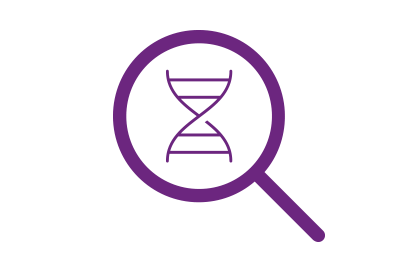hIL-15 NOG: Suitable humanized model for studying NK cells
PBMC-engrafted hIL-15 NOG mice had a slightly diminished survival compared to conventional NOG mice, but did survive up to seven weeks after PBMC engraftment without any signs of GvHD (Fig.1). The shorter time to GvHD onset was associated with slightly higher rates of T-cell reconstitution (Fig. 3a).
Taconic and EPO collaborators observed slightly decreased B-cell reconstitution and marginal increases in monocyte reconstitution in hIL-15 NOG vs. conventional NOG mice (Fig. 3b,d). However, the effects on the human NK cell compartment were far more striking. Dose-dependent increases of NK cell numbers were observed in hIL-15 NOG and total human NK cells were markedly higher at each time point vs. conventional NOG mice (Fig. 3c).
Conclusion
hIL-15 NOG mice engrafted with human PBMCs offer significantly enhanced human NK cell reconstitution and only slightly reduced study window compared to conventional NOG mice. Furthermore, engraftment of human NK cells required no preconditioning, such as irradiation or busulfan. Taken together, these data reveal PBMC-engrafted hIL-15 NOG is a highly suitable humanized model for studying NK cells.
 Key Takeaways
Key Takeaways














.jpg)

.jpg)
.jpg)
.jpg)
.jpg)





.jpg)


.jpg)
.jpg)

.jpg)


.jpg)





.jpg)

.jpg)









